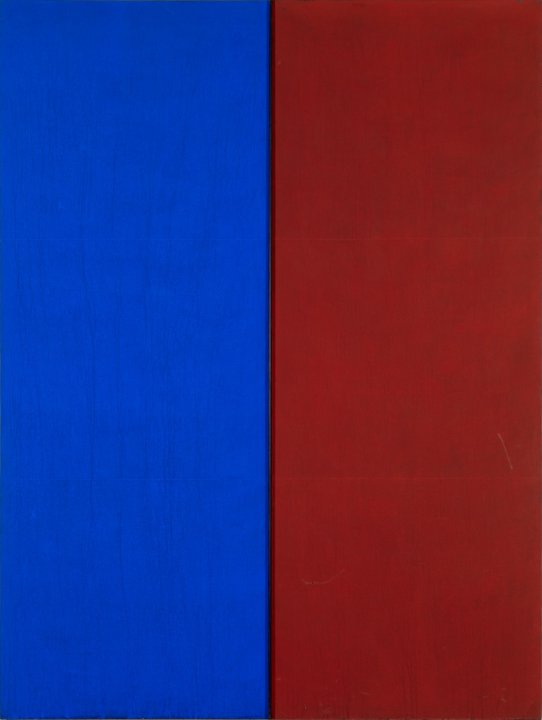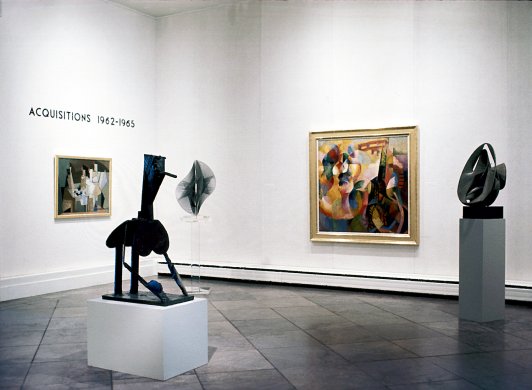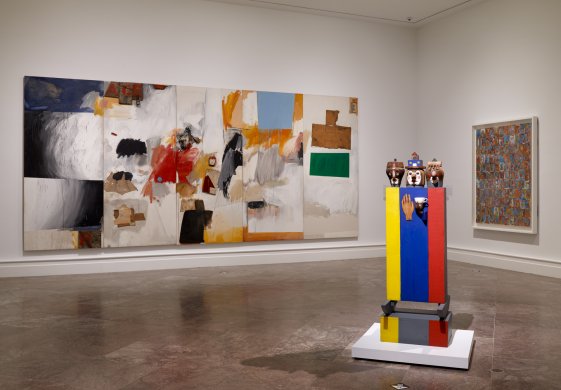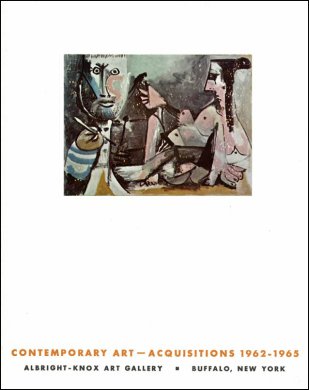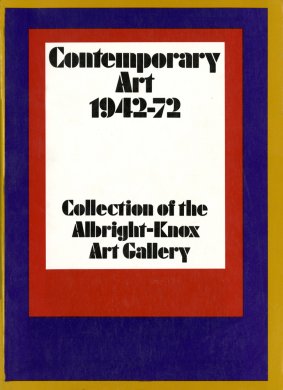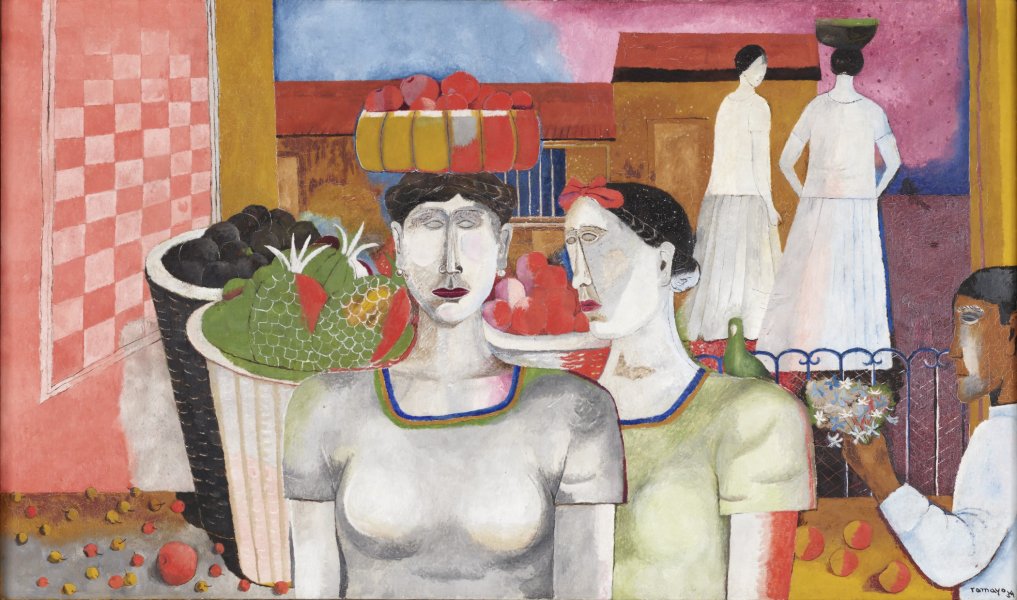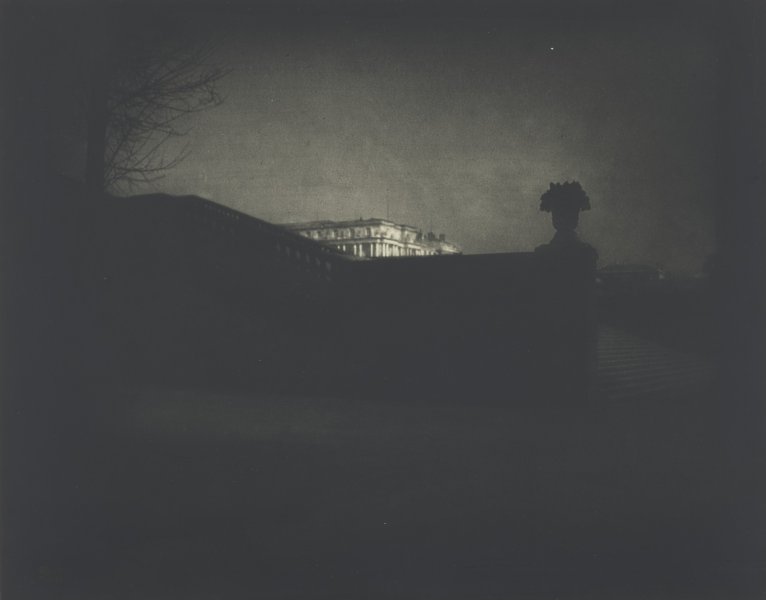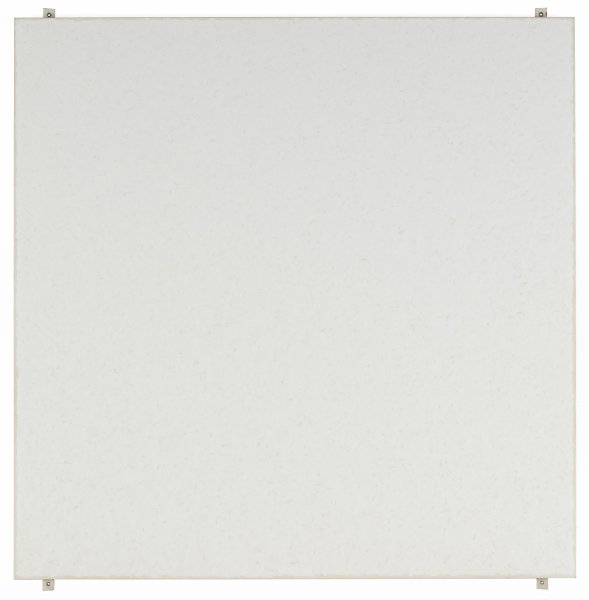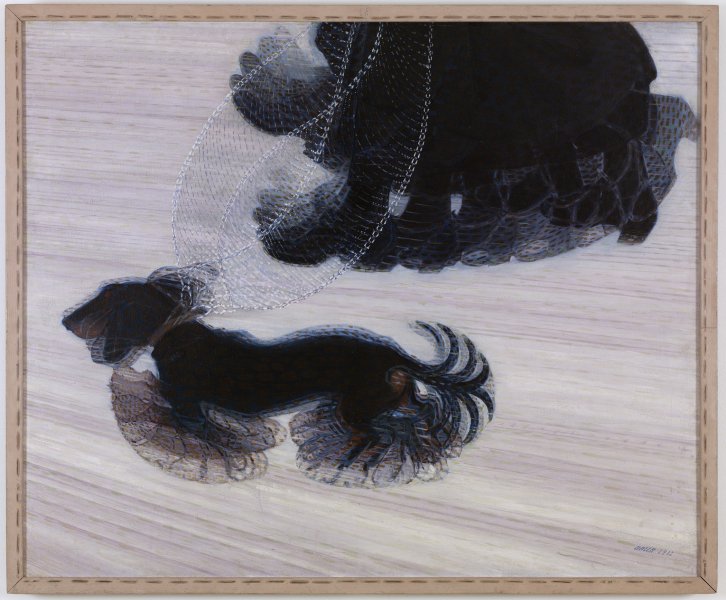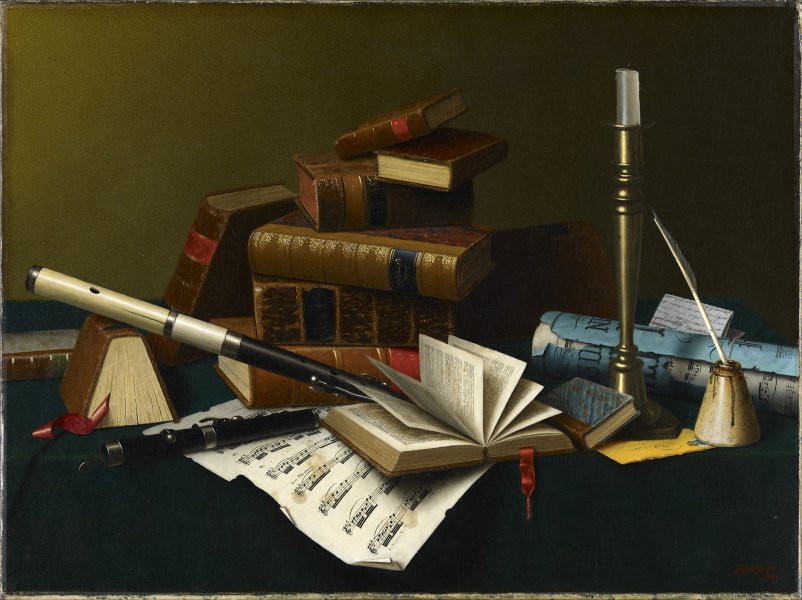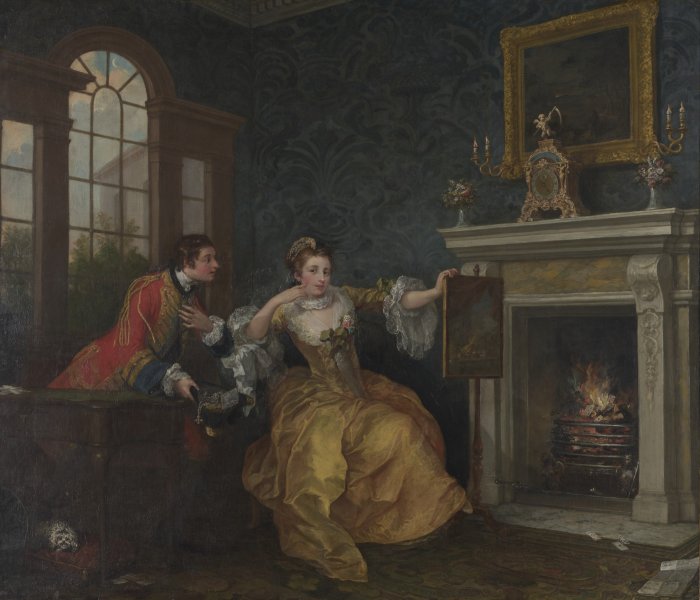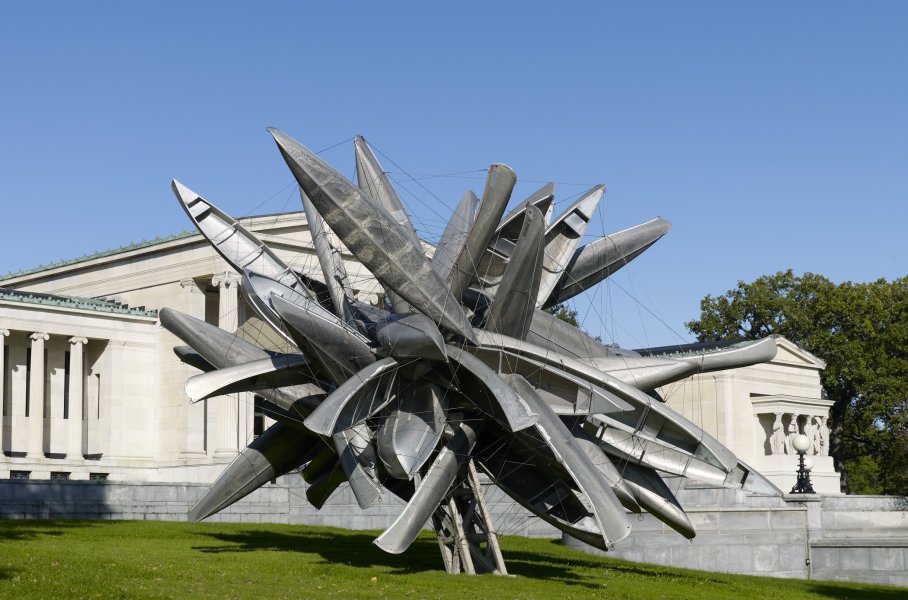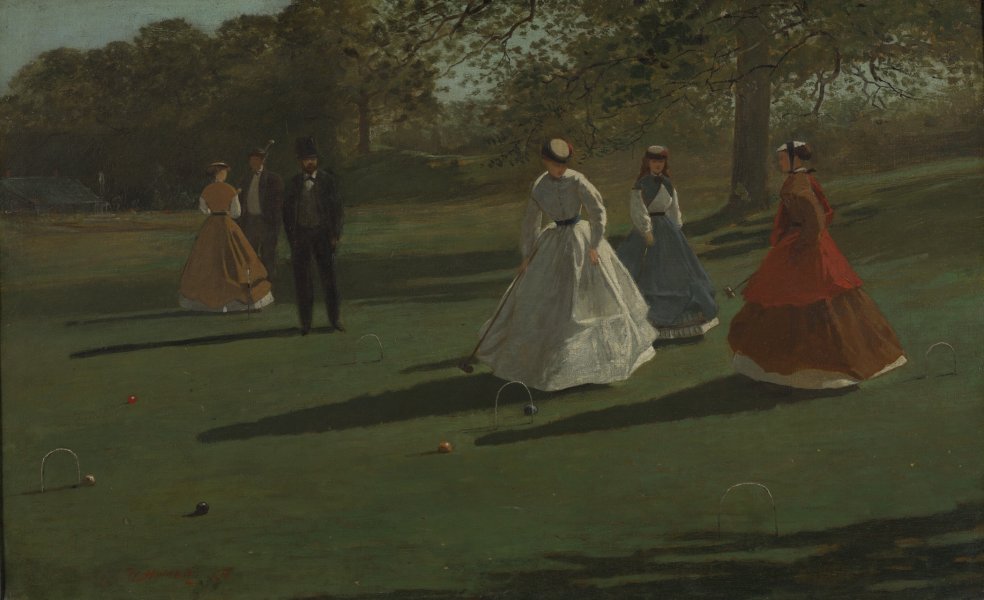Tadaaki Kuwayama
Japanese, 1932-2023
Untitled, 1961
Artwork Details
Materials
water-soluble paint and plastic on rice paper mounted on canvas
Measurements
support: 96 x 72 1/2 inches (243.84 x 184.15 cm)
Collection Buffalo AKG Art Museum
Credit
Gift of Seymour H. Knox, Jr., 1962
Accession ID
K1962:8
During his time at the Tokyo National University of Fine Arts, Tadaaki Kuwayama studied nihonga: a traditional Japanese form of painting on paper or silk with naturally sourced materials that emphasizes beauty over all else. The term was popularized during the late nineteenth century to differentiate such works from Western painting. In 1958, Kuwayama came to the United States and settled in New York City, where the art scene was still dominated by the emotional intensity of Abstract Expressionism. Not long after, he began to experiment with a reductive process, creating a series of subtle horizontal and vertical compositions, like the work presented here, that embody his desire to offer the viewer a quiet and spiritual experience. Throughout the decade, he continued to minimalize his painterly practice, eventually incorporating industrial materials. By 1965, Kuwayama wholly abandoned nihonga techniques in favor of spray-painting to create pristine surfaces devoid of any trace of the artist’s hand.
Label from Giant Steps: Artists and the 1960s, June 30–December 30, 2018
